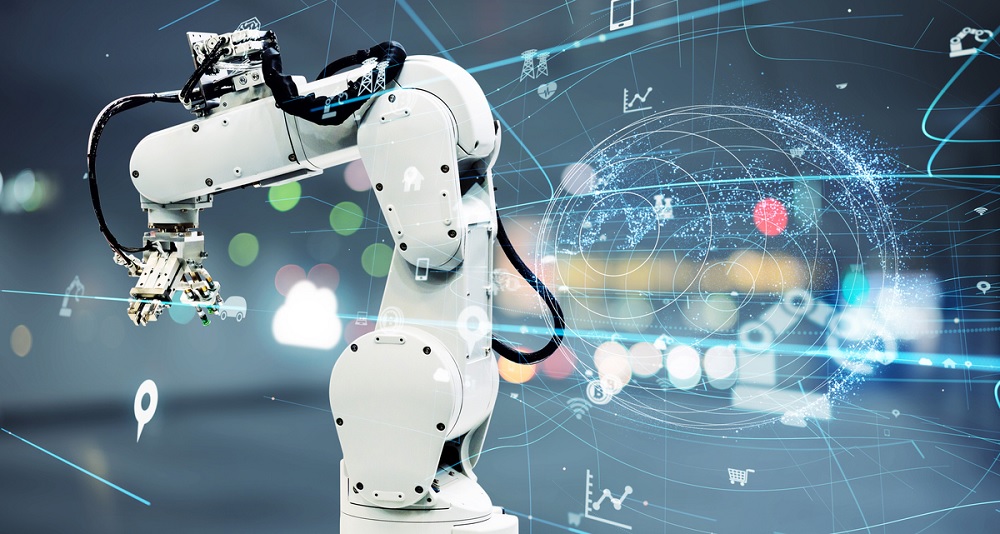In the realm of technology, a transformative wave is reshaping how industries operate: Machine Vision. This cutting-edge innovation stands at the forefront of the automation revolution, heralding a future where machines work alongside humans and perceive and understand the world in a profoundly advanced way.
The Emergence of Machine Vision
Machine vision refers to the technology enabling machines to interpret and understand their surroundings visually. It analyzes visual data using digital sensors and sophisticated algorithms, enabling automated systems to react and decide based on what they ‘see.’ This innovation is not just a step but a leap forward in automation.
Transforming Manufacturing and Production
One of the most significant impacts of machine vision is evident in the manufacturing sector. Here, precision and efficiency are paramount. With the integration of machine vision, production lines are becoming more innovative. These systems can identify defects, manage quality control, and streamline processes, leading to a remarkable increase in productivity and reduced human error.
- Quality Control: Automated systems with visual recognition can detect minute imperfections in products, surpassing human capabilities.
- Process Optimization: By monitoring production lines, machine vision helps identify bottlenecks and enhance workflow efficiency.
Advancing Healthcare with Precision
In the healthcare sector, machine vision is opening doors to new possibilities. It plays a pivotal role in providing precise and efficient healthcare solutions, from intricate surgical assistance to enhanced diagnostic procedures.
- Diagnostic Accuracy: Machine vision aids in analyzing medical images, leading to more accurate diagnoses.
- Surgical Assistance: It provides surgeons with enhanced visuals, leading to improved surgical outcomes.
The Impact on Automotive Industry
The automotive industry is another domain where machine vision is making its mark. Its influence is undeniable, from aiding in the manufacturing process to playing a crucial role in developing autonomous vehicles.
- Enhanced Safety: Machine vision systems in vehicles can detect obstacles and pedestrians, significantly improving road safety.
- Autonomous Vehicles: The cornerstone technology enables self-driving cars to navigate and interact with their environment.
Challenges and Future Prospects
While machine vision is revolutionizing industries, it’s not without its challenges. Some hurdles are ensuring data privacy and dealing with complex visual environments. However, the future looks promising. With continuous advancements, we are stepping into an era where machines will not just perform tasks but also ‘understand’ and adapt to their surroundings, leading to unparalleled efficiency and innovation.
Conclusion
Machine vision is more than a technological trend; it’s a pivotal force in shaping the future of automation across various industries. Its applications are broad and impactful, from manufacturing to healthcare and automotive. As we embrace this technology, we are optimizing our present and sculpting a more efficient, precise, and innovative future.


